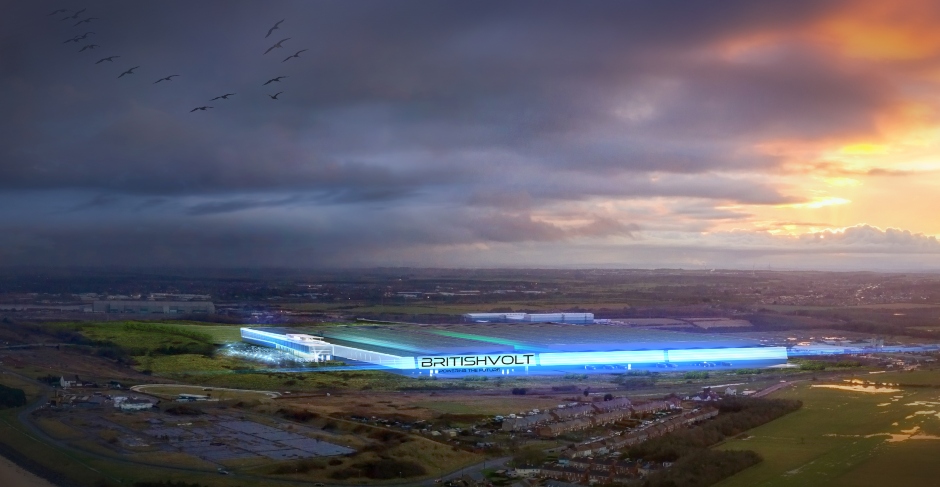Power generating facilities like the Northern Indiana Public Service Co (NIPSCO) need to keep their effluent discharge into the local rivers within strict quality ranges. Failure to comply with the discharge limits may result in fines and in the inability to operate the generating units. In the U.S., the National Pollutant Discharge Elimination System (NPDES) regulates point sources that discharge pollutants into any water bodies. To maintain water quality in receiving waters, NPDES permits impose effluent limitations. The guidelines and standards for limiting effluent from non-municipal sources are established by the U.S. Environmental Protection Agency.
NIPSCO operates four coal-fired units with a capacity of approximately 1,943 MW. The facility takes its cooling water from the Kankakee River. Prior to being returned into the river, the water is discharged to a final settling basin. This basin is 194 acres in size and has an average depth of approximately 10.7 feet.
To ensure compliance with the NPDES standards, total suspended solids (TSS) in the effluent must be kept below 30 parts per million (ppm) a day, and less than 15 ppm monthly. Additionally, the pH must be less than 9. Settling ponds are usually rich in nutrients. Water in the basin absorbs heat as it passes through the condensers in the plant, which makes it warmer than river water. This leads to algae growing quickly and negatively impacting both TSS and pH levels.
To comply with the NPDES limits at the final settling basin, NIPSCO used algaecides for years. However, algaecides can be costly. Besides, due to the pond discharge going back to the river, algaecides could not be added directly to the basin as an alternative. Despite using chemicals, the filters from the TSS samples remained green with algae. The company also considered filtering the pond discharge, but this was not economically feasible.
“We were using both an algaecide [quaternary amine] and a UV-blocker at all our cooling towers. By the end of season [2019], we eliminated using the UV-blocker chemical and we reduced the algaecide by 25%. In 2020, we were able to further reduce use of algaecide to 33% of what we used before the [MPC-Buoy] installation.” – Brian Snyder, Sr. Chemical & Environmental Specialist at NIPSCO.
MPC-Buoys are floating, solar-powered systems that combine continuous water quality monitoring, web-based software, and ultrasound technology to effectively control algal blooms in real-time. The buoys are anchored in the water. They emit ultrasonic waves that create a sound layer in the surface layers of the water, impacting the buoyancy of algae cells. These cells sink to the deeper layers of the water column, where they cannot access sunlight anymore and naturally die.
The MPC-Buoy technology consists of a three-stage process. First, it monitors algae species and water parameters in real-time; Second, based on the collected data, it predicts new blooms up to 10 days before they occur. Third, it uses a data-driven, learning algorithm to adjust wave frequencies in response to algal mutations and environmental changes.
“Controlling algae with low-power ultrasound is a well-established technology that has been in existence for many years. It is an environmentally friendly technology that is harmless to fish and plants,” added Lisa Brand, CTO & Microbiologist for LG Sonic.
LG Sonic is a leader in algae management, designing innovative and sustainable solutions to combat harmful algal blooms and improve water quality across industries. LG Sonic is active all over the world, with offices in Brazil, United States, the Netherlands, and U.A.E. At last count, 100+ clients in 55+ countries had 10,000+ units installed to keep their algae under control. For over 10 years, LG Sonic has invested in research and development. Today, the company delivers ultrasonic solutions that restore water ecosystems without the use of chemicals or other pollutants.
Filed under: Uncategorized | 2 Comments »





 Steven Endress took the reins as managing director in 2016, the first third-generation member of the Endress family to take an operational role in the family business. Reflecting on the 50-year anniversary, he said, ‘Over the years our buildings and the scope of our offer have changed as we seek to align with our customers’ needs. But, without doubt, our most important asset is our people. It is the drive, ambition and attitude of my colleagues that makes the difference.’
Steven Endress took the reins as managing director in 2016, the first third-generation member of the Endress family to take an operational role in the family business. Reflecting on the 50-year anniversary, he said, ‘Over the years our buildings and the scope of our offer have changed as we seek to align with our customers’ needs. But, without doubt, our most important asset is our people. It is the drive, ambition and attitude of my colleagues that makes the difference.’